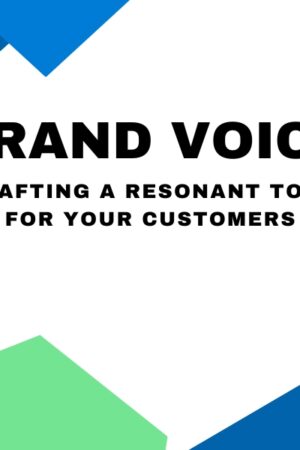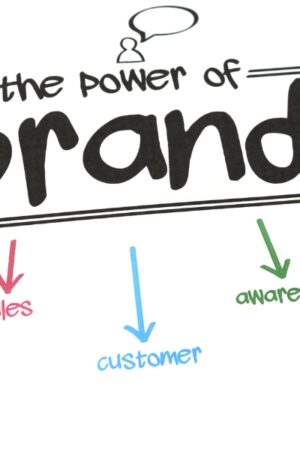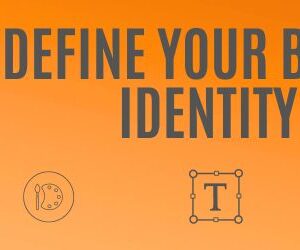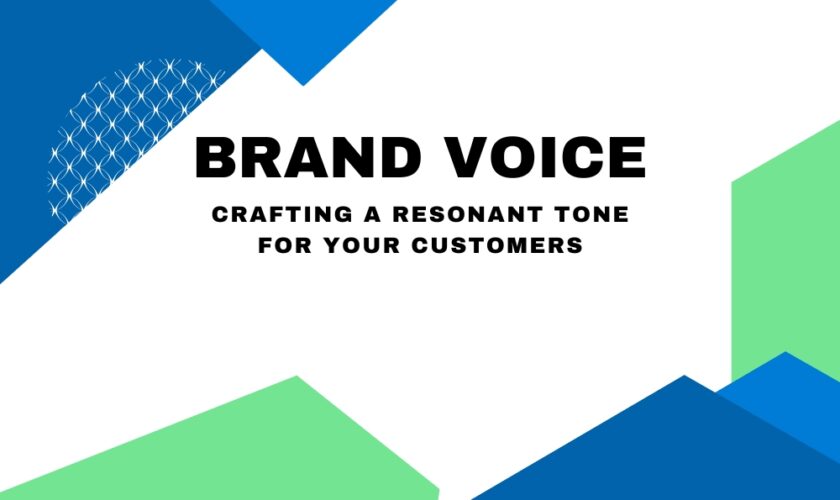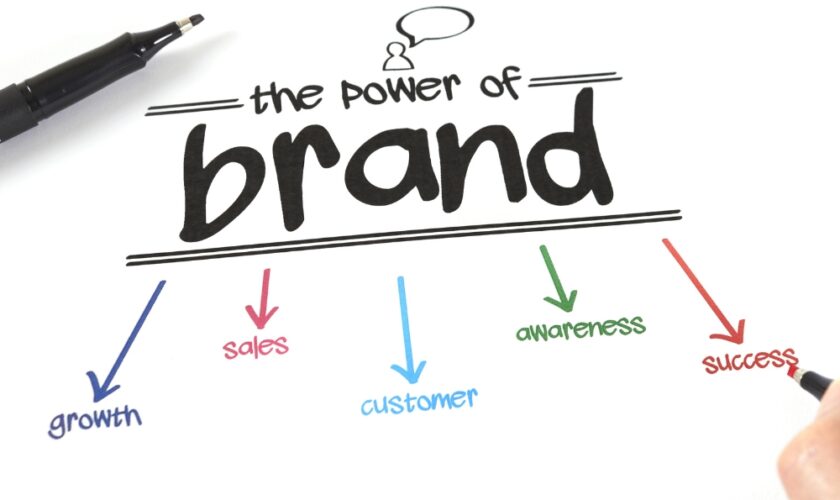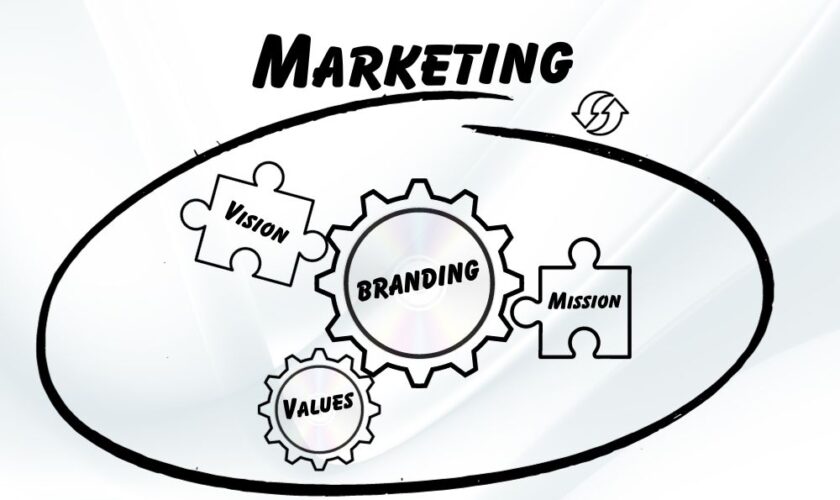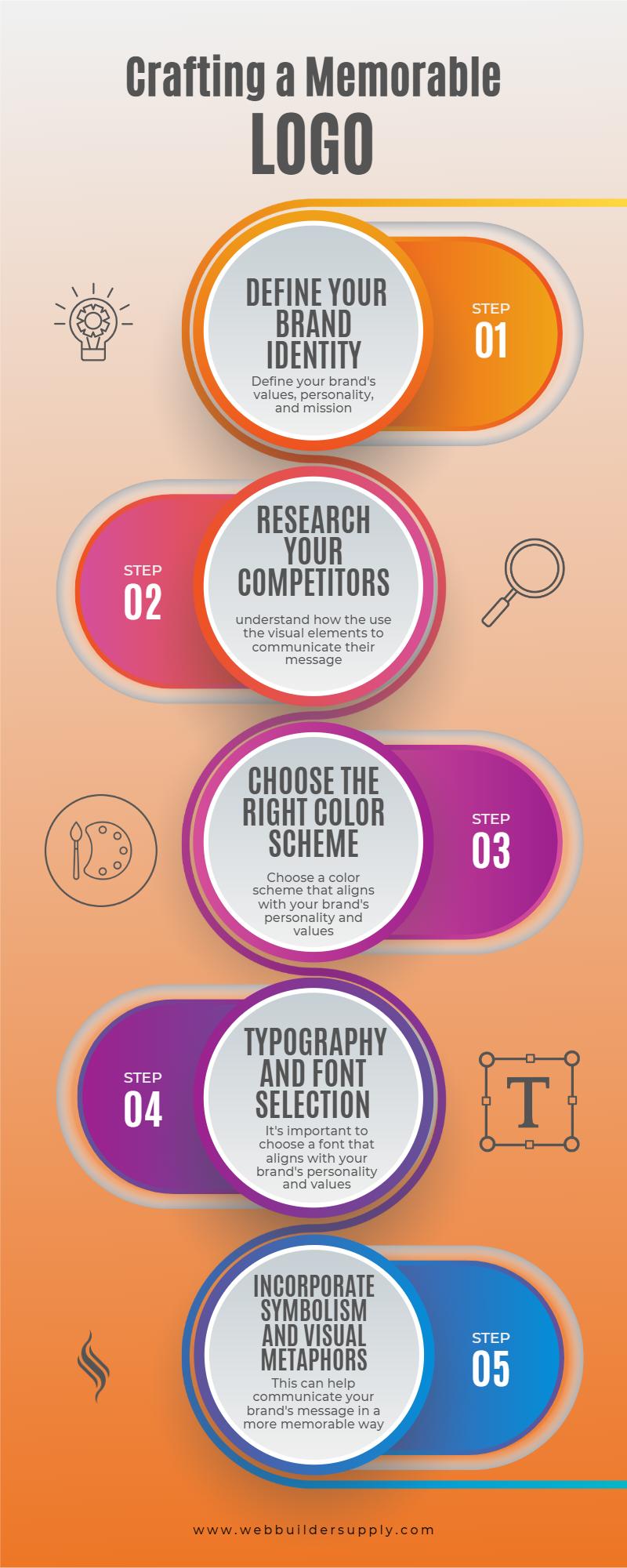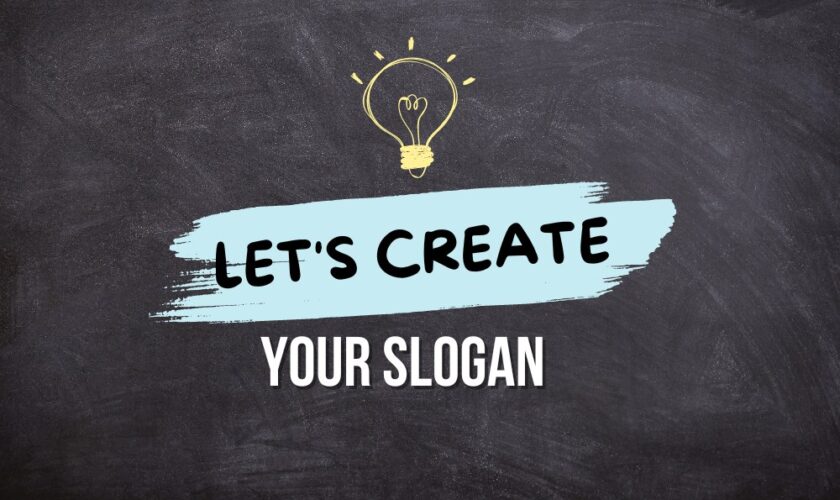Branding on a Budget: Effective Strategies for Small Businesses
So you’ve poured your heart and soul into your small business, and with some creativity and resourcefulness, affordable branding for small businesses is within reach. Don’t fret! Building a powerful brand doesn’t have to break the bank; cheap branding solutions can be just as effective. By exploring various branding ideas for business, you can establish a robust and recognizable identity that sets you apart from the competition.
Table of Contents
Know Your Why
Before diving into visuals and slogans, defining your brand identity, including your brand’s core values, mission, and value proposition, is crucial. Why do you exist? Who are you trying to reach? Answering these questions lays the foundation for everything that follows, ensuring your branding efforts resonate with your target audience.
These foundational elements will guide your brand’s messaging, creative direction, and overall branding strategies. Knowing why your brand exists and who it aims to serve will help you make informed decisions about visuals, slogans, and other key brand elements while maintaining a consistent brand voice. So, before you dive into the fun stuff, take the time to define these critical components of your brand identity.
DIY Design with a Dash of Flair
Designing a logo or creating social media branding and website layouts can be daunting, especially if you’re not a professional designer. However, free design tools like Canva and GIMP can help you get started. Although they may provide a different level of sophistication than a professional designer, they can be a helpful starting point to build your brand assets. With many templates, design elements, and customization options, these tools provide an excellent opportunity to create unique and visually appealing graphics that can elevate your brand’s overall image.
Storytelling on a Shoestring
One of the most effective ways to connect with people is through storytelling, a key part of any content marketing strategy. As a brand, you can leverage this by sharing your journey, highlighting customer experience through testimonials, and showcasing your expertise through various mediums, such as engaging blog posts, social media stories, and captivating videos. Remembering authenticity is more important than perfect production, as people tend to relate better to accurate and honest stories. So, focus on telling your brand’s story compellingly and genuinely to connect with your audience on a deeper level.
Content is King (and Queen)
To establish yourself as an authority in your field, creating valuable and relevant content for your audience is essential. One of the best ways to achieve this is by crafting informative blog posts that provide insights into your industry, a cornerstone of any content marketing strategy. Additionally, you could share your knowledge and expertise on social media platforms to engage with your followers, a tactic that aligns with social media marketing. Collaborating with other businesses to create guest articles or podcasts is another effective way to showcase your authority and gain credibility, offering branding tips for small businesses. Remember, quality content always attracts attention and helps build trust among your audience.
Learn more about Content Creation For A Captivating Website
Community Connection
One of the most effective ways to strengthen your brand and build a loyal following is by proactively engaging with your community, an essential aspect of your social media marketing strategy. This means responding to comments, joining relevant online discussions, and offering helpful advice whenever possible. By doing so, you can establish genuine relationships with your audience, which can help to amplify your brand message and ultimately lead to increased engagement, conversions, and overall success. So, prioritize community engagement as a critical part of your marketing strategy!
Embrace Collaboration
Small businesses can significantly enhance their branding partnerships and networking strategies by forming alliances with other local enterprises. Collaborating on events, pooling resources, or cross-promoting products and services effectively leverages mutual strengths and taps into new customer segments. These strategic partnerships boost brand exposure and pave the way for valuable referrals and enduring business relationships.
Think Local, Act Global
Boosting your business’s visibility is crucial, and one effective local SEO tactic is to utilize free local business listings, such as Google My Business and other online directories. These platforms provide essential details about your business, including your address, phone number, operating hours, and customer reviews, to potential customers in your vicinity.
Community involvement is critical to enhancing your local branding and presence. You can forge strong connections with other businesses and community members by participating in local events, sponsorships, or collaborations. This engagement generates word-of-mouth referrals and amplifies the positive buzz around your brand, distinguishing you from local competitors.
Measure and Refine
Staying ahead in brand monitoring involves closely monitoring your social media analytics, website traffic, and customer feedback. These insights allow you to understand what captures your audience’s attention and to tailor your branding strategies effectively. Remember that branding is an ongoing process that requires constant vigilance and adaptation.
Tools and Resources
Consider leveraging readily available free branding tools to build your brand on a budget. These cost-effective branding resources can help you start crafting your brand’s identity without the need for a significant financial investment.
Design & Visuals:
- Canva: This versatile platform offers free design templates for logos, social media graphics, presentations, and more. There’s a paid version with extra features, but the free tools are robust enough for basic branding needs.
- GIMP: A free and open-source image editing software with advanced features for creating original visuals like logos and website banners. It requires some technical know-how but offers excellent flexibility.
- Unsplash & Pexels: Websites providing accessible, high-quality stock photos and videos perfect for website backgrounds, blog posts, and social media content.
- Google Fonts: Browse and download hundreds of free, commercially usable fonts to add personality and consistency to your brand visuals.
- Color Palette Generators: Tools like Coolors and Adobe Color help you create harmonious color palettes based on chosen colors or inspirational images.
Content Creation:
- WordPress: Create a free blog or website to share your brand story, showcase your expertise, and connect with your audience. It requires some technical setup but offers immense customization.
- Hemingway Editor & Grammarly: Free writing tools that help you refine your content for clarity, grammar, and readability.
- Freepik: Find free infographics, icons, and other design elements to enhance your blog posts and social media content.
Marketing & Engagement:
- Google My Business: Claim your free listing on Google Maps and search results, showcasing your business information, photos, and customer reviews.
- Mailchimp: Send free newsletters to build your audience and share updates, promotions, and valuable content. There are limited features in the free plan, but it is great for starting.
- Buffer & Hootsuite: Manage your social media presence across multiple platforms with free scheduling and analytics tools.
- Facebook Groups & LinkedIn Groups: Join relevant online communities to network, share your expertise, and connect with potential customers.
Other Resources:
- HubSpot Academy: Offers free online courses and certifications on various marketing and branding topics.
- SCORE: Provides free mentoring and workshops for small businesses, including branding support.
- Udemy & Skillshare: Find free online design, marketing, and branding courses to build your skill set.
- Google Analytics and Search Console: Free tools to help you measure progress on your website and
Successful Examples
For those seeking motivation, look only at these branding success stories and inspirational branding examples of small businesses that have made a lasting impact with limited resources.
1. Dollar Shave Club: A prime example of the success of viral marketing and social media engagement is the subscription service for men’s razors that disrupted the market with its witty online advertising. Founder Michael Dubin capitalized on YouTube videos and social media to resonate with millennial customers, amassing a loyal fan base and securing substantial funding.
2. Birchbox: This beauty subscription box began its journey with founder Hayley Barnaby meticulously curating samples from her apartment. By engaging in influencer marketing and fostering brand collaboration with smaller entities, Birchbox crafted a buzz-worthy brand centered on discovery and personalization. This strategy drew in investors and culminated in a successful sale to Unilever.
3. Beard Papa: This Japanese dessert franchise became a global sensation with its cream puffs thanks to unique branding and customer engagement strategies. Eschewing costly traditional marketing, they opted for unique packaging, eye-catching store designs, and dynamic social media interaction. Their approach of engaging customers with playful content and limited-edition flavors cultivated a devoted community and fueled their international expansion.
4. Patagonia: This apparel brand is at the forefront of environmental activism and social responsibility, embodying both sustainable branding and ethical branding. They are committed to using organic materials, backing conservation efforts, and engaging in impactful storytelling through documentaries and campaigns. Their dedication to building an ethically conscious brand has deeply resonated with customers, cementing their status in the competitive outdoor apparel market.
5. Death Wish Coffee: This company leveraged its bold name and dark roast coffee to make a splash. With a distinct brand personality and niche marketing tactics, including witty social media content and proactive customer service, they’ve established a strong presence in the specialty coffee market, all while keeping traditional marketing expenses to a minimum.
Bonus Tip:
Remember to underestimate the power of brand consistency. Employing a consistent visual identity, use the same logo, fonts, and color palette across all online and offline marketing materials. This strategy reinforces your brand image and ensures you’re instantly recognizable to your audience.
Branding on a budget is an art that requires dedication, creativity, and a steadfast commitment to your vision. You can forge a lasting brand identity that propels your small business toward success by prioritizing authentic branding, engagement, and valuable content creation. Remember, every journey begins with a single step, and your path to brand recognition starts now.


